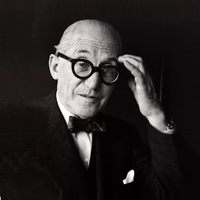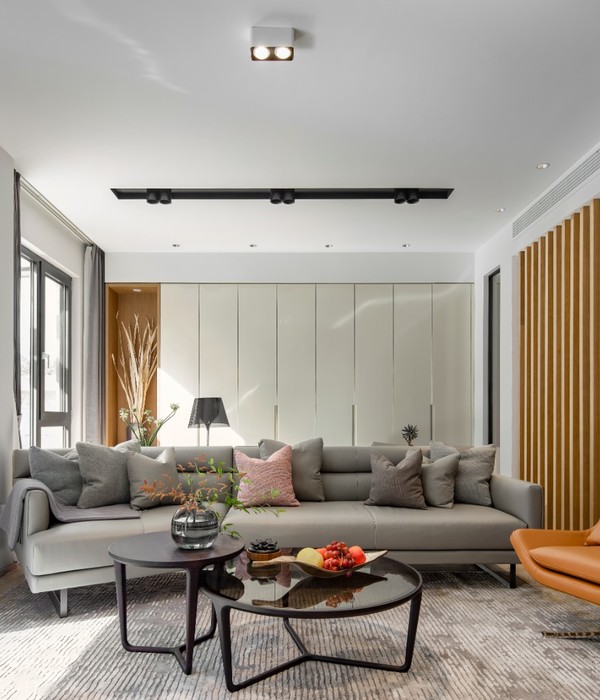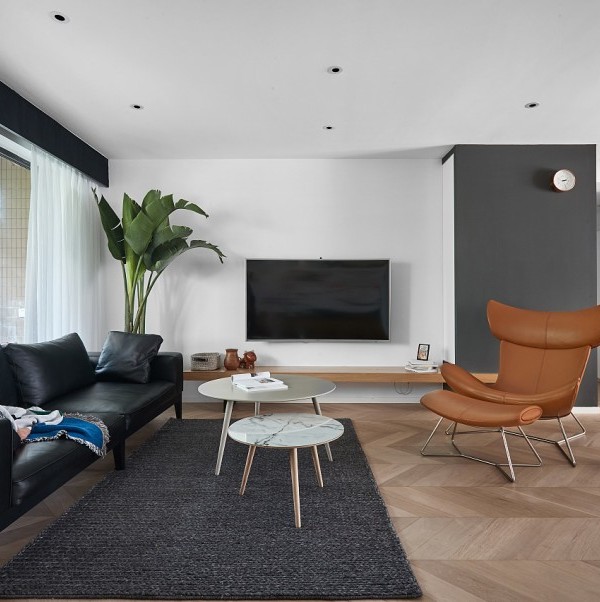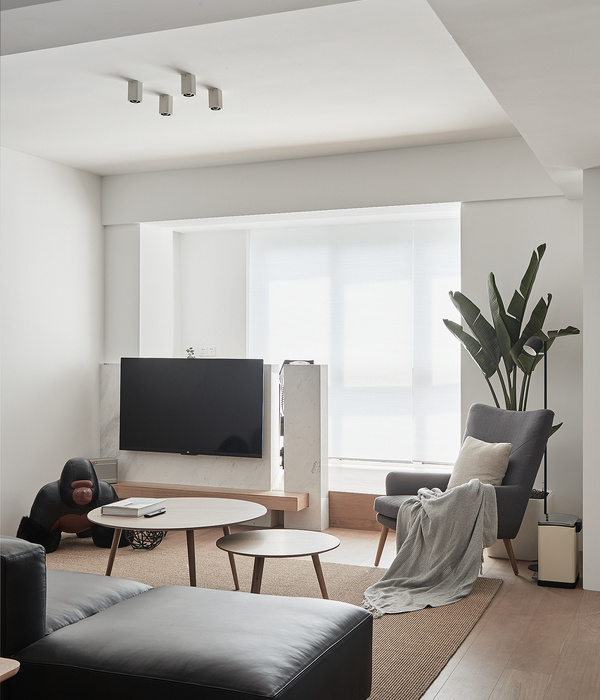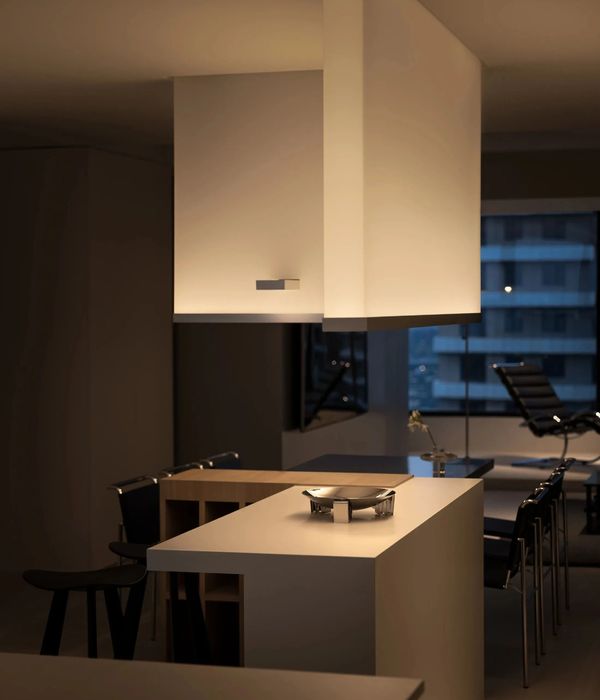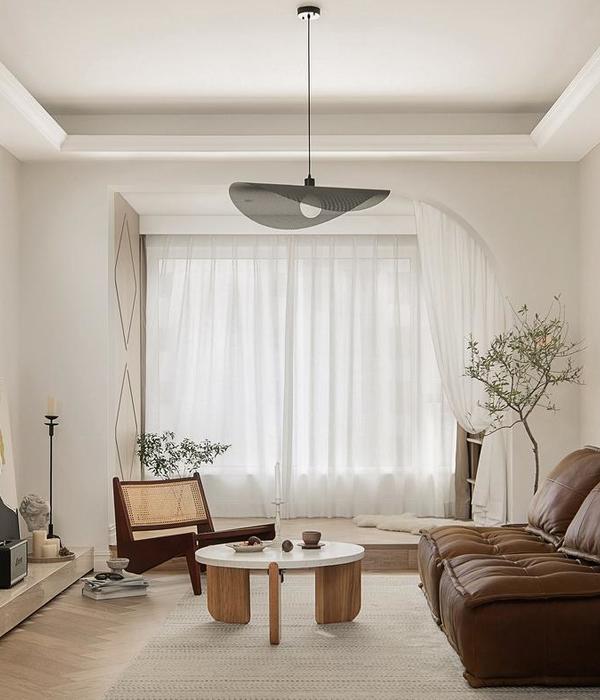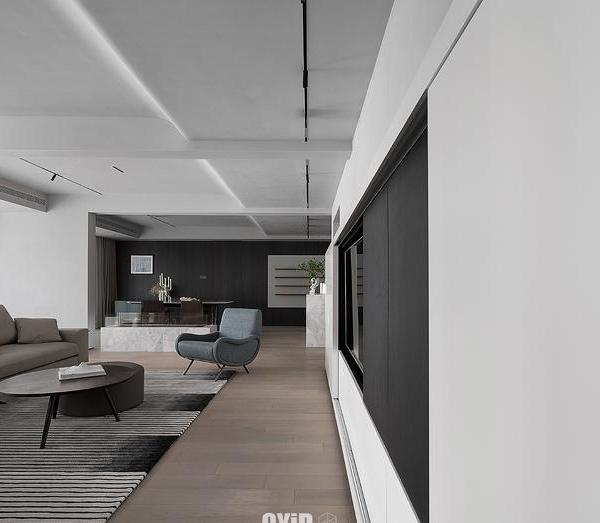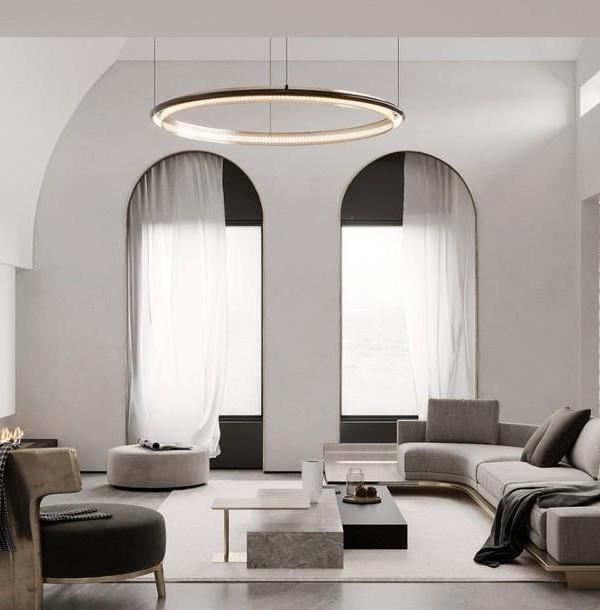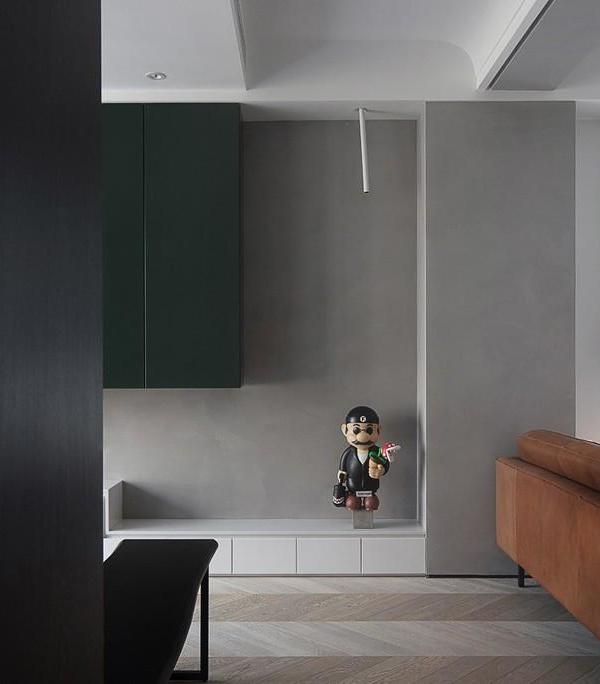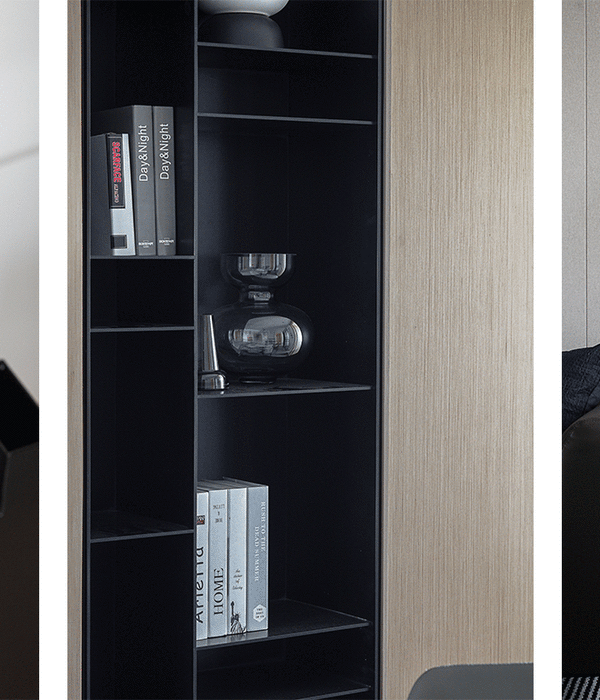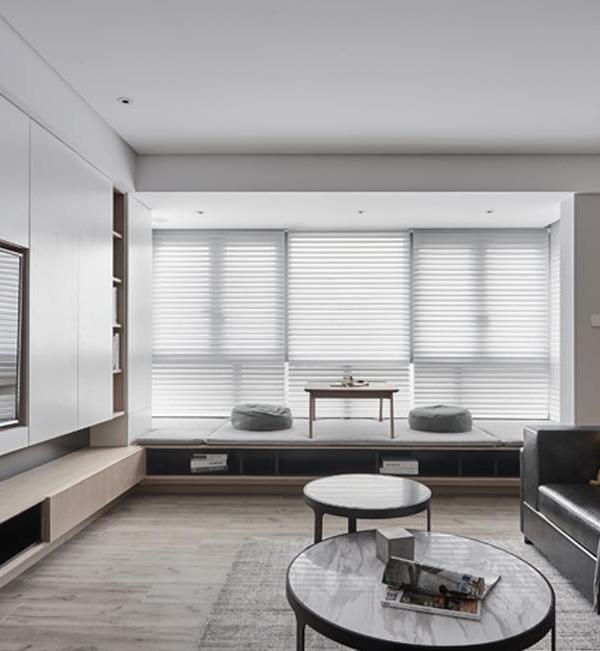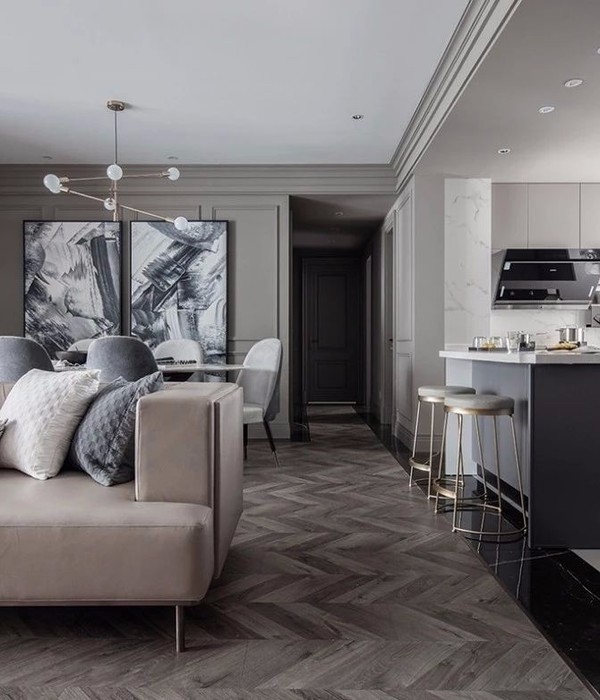北京 NCC 创意集群 | 城市与自然的和谐共生

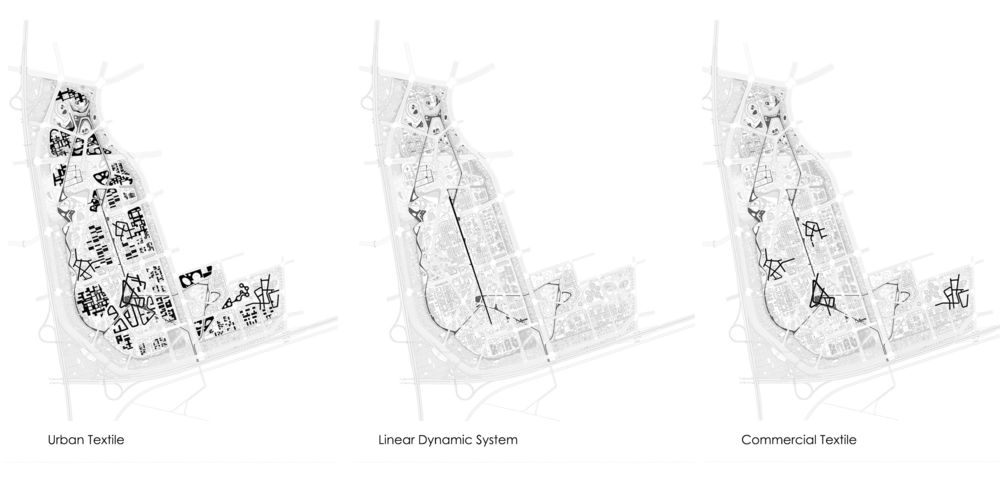
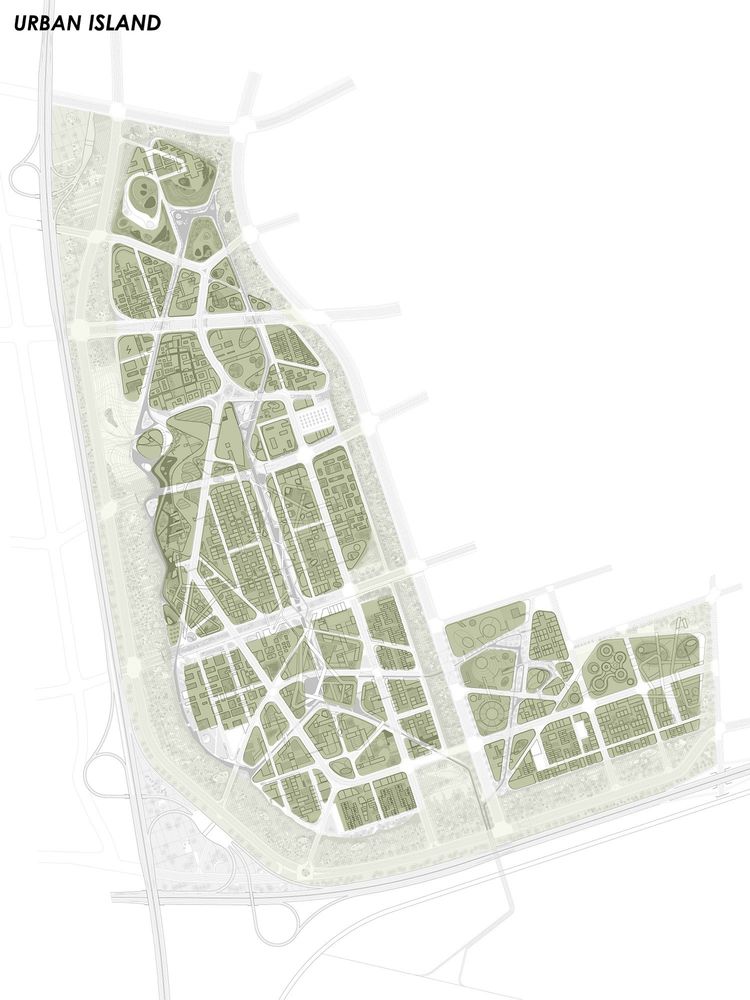
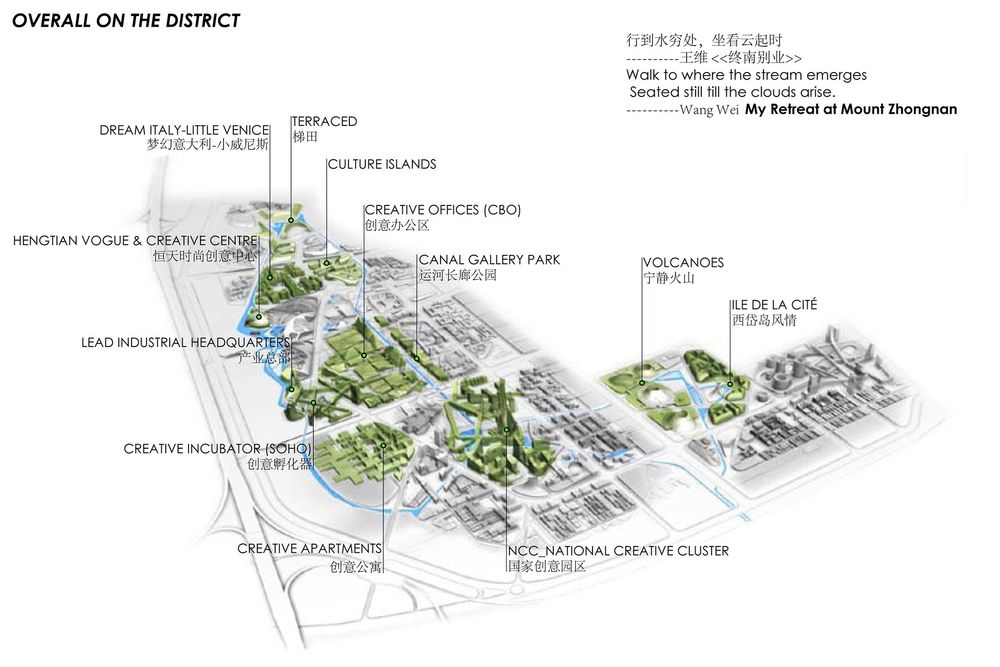
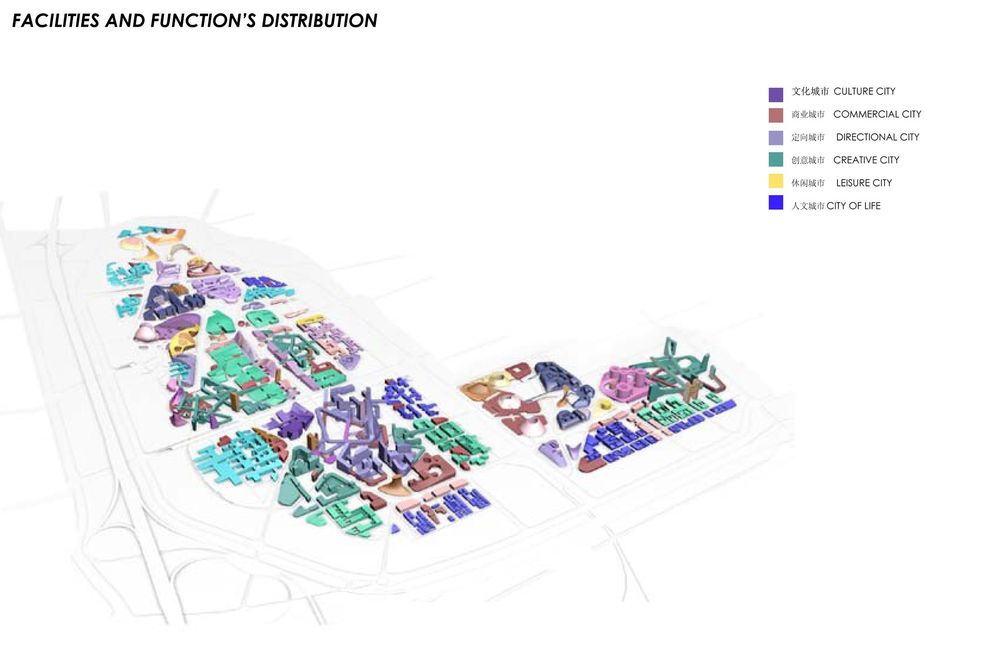
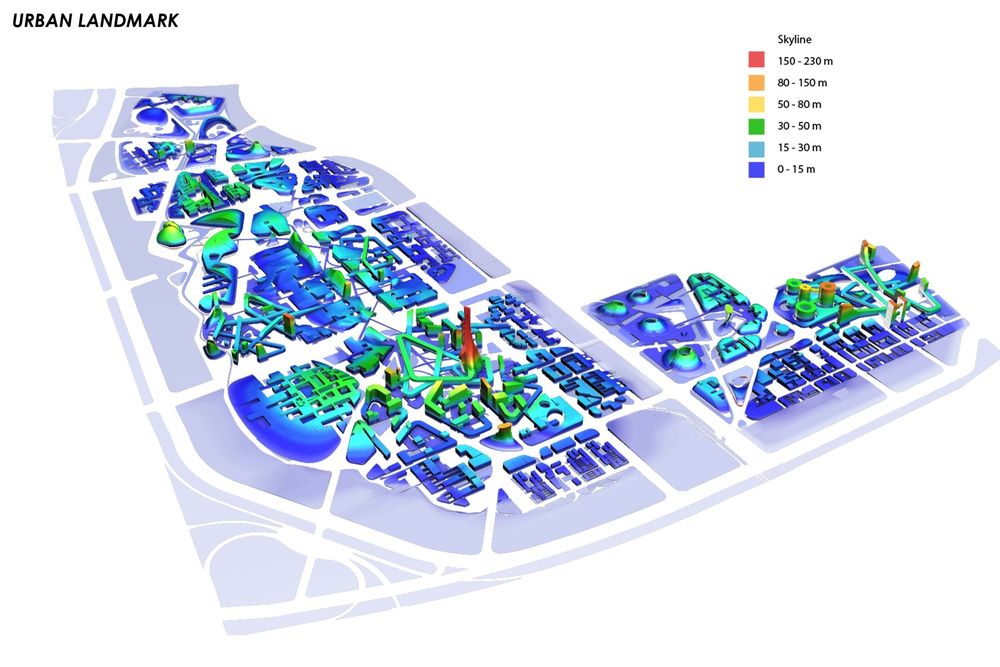
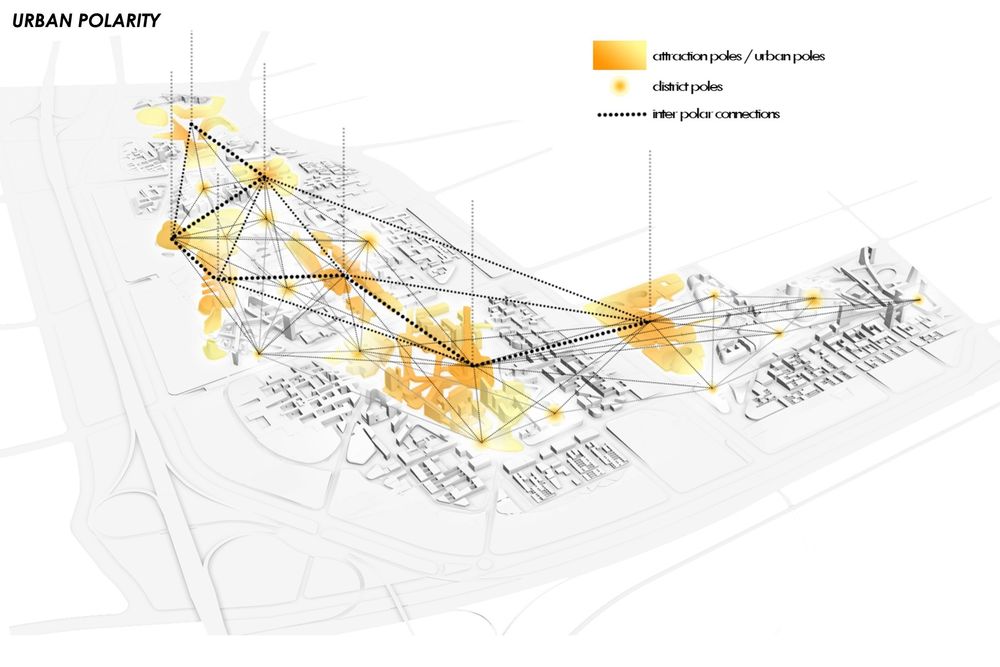
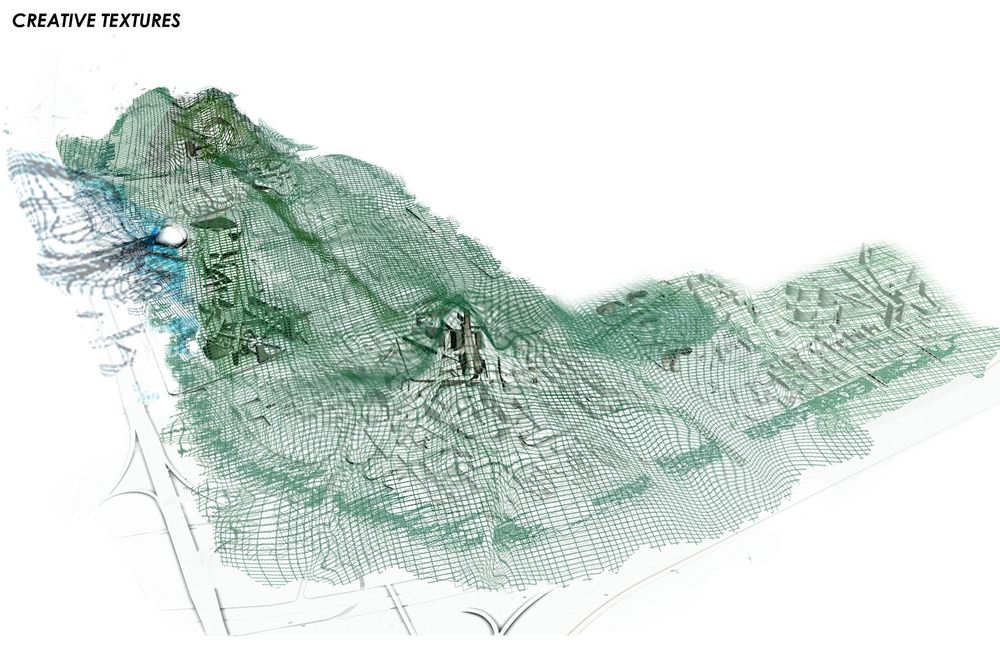
The traditional city is usually conceived in opposition to the landscape and nature: where there is the city there is no landscape. To overcome this problem the modern architectural culture has invented the "garden city" or "Radiant City" (Le Corbusier), but by bringing the landscape and nature in the city we lost any form of urbanity and density transforming the city into an anonymous and worthless suburb. NCC project proposes a new and different way of solving the problem, the city and the countryside are no longer antithetical but part of the same solution: the birth of the "Urban Landscape". The city and the architecture that gives form, becomes itself a metaphor of nature, no longer opposed to it but it determines a new, richer cultural landscape.
The NCC land, placed in the east-centre side of Bejing city,occupies a strategic position, nearby Bejing Centre and Airport.
The Tong Zhou District, in which Ncc is located, is a low-density green area, with important development plans. This area will become an example of high-sustainability development, in which people can live and enjoy, in respect of nature.
Songzhuang is actually a community of hundreds of thousands of residents split into forty-seven villages which used to be farmers’ villages, of which twenty-two are occupied by artists. The originality of Songzhuang is that the painters, sculptors, directors and other workers all live and work here. The new Ncc creative islands want to re-create the creative atmosphere of the old villages of art, with all the best related services and infrastructures.
Ncc is located in a flat valley, near the Grand Channel, the biggest channel of the world, crossing China from South to North (from Hanghzou to Beijing).
The presence of water is one of the highlight of the project, recalling in the NCC area the importance of this element in chinese history and present.
The NCC cluster looks like a real island surrounded by nature and shaped by nature forces, a large urban park surrounded by green a belt and divided into 7 green landscapes (Creative Islands), each evoking the most beautiful Chinese landscapes, intimate spaces of contemplation in which the green and the constructions are dominated by nature. A new landscape eroded, carved and sculpted by wind and water becomes a green-sensitive surface that interacts with the external environment by capturing energy and resources. The architecture and the buildings are discovered in the depths of these subtractions and appear to be natural depressions the streets appear to be like canyons eroded by the flow of people.
The urban islands (creative Islands) are part of an archipelago and are in direct connection but also and above each one is independent, unique and different: each island has its own urban vision and identity, its own emphasis, that is the reason for which they recall the beautiful scenery and landscapes of China.
The three poles formed by Creative Islands correspond to: Hengtian Vogue and Culture Center, NCC Headquarters and leading.
The draft outlines a structured fabric of roads (silk ways) formed by the Fashion Grand Boulevard, the pedestrian streets that intersect at right angles, squares and charming little squares and covered passages. The density of the disordered and creative passages full of Chinese ancient canals, bridges, crafts and odors, but also local pubs like in oxford street and like the luxurious shop windows of Parisian boulevards, like the art and quality of the urban streets of Italian cities together with the verticality of the technological fifth avenue in New York will be a constituent part of the urban fabric of NCC in a mix of human scale. Urbanity and landscape come together in the project the like past the old to surpass the useless confrontation that led to the era of machines. The NCC will become, in this sense, the paradigm of a new urban development.


